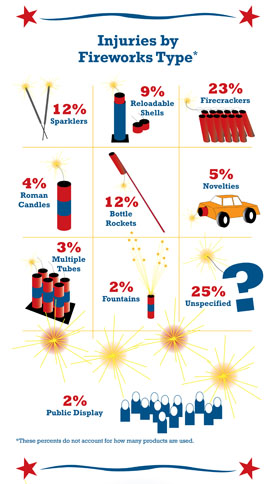S. 1135 To amend the Safe Drinking Water Act to repeal a certain exemption for hydraulic fracturing, and for other purposes.
IN THE SENATE OF THE UNITED STATES
Mr. Casey (for himself, Mr. Schumer, Mrs. Gillibrand, Mr. Whitehouse, and Mr. Merkley) introduced the following bill; which was read twice and referred to the Committee on Environment and Public Works
A BILL
To amend the Safe Drinking Water Act to repeal a certain exemption for hydraulic fracturing, and for other purposes.
Be it enacted by the Senate and House of Representatives of the United States of America in Congress assembled,
SECTION 1. SHORT TITLE.
This Act may be cited as the "Fracturing Responsibility and Awareness of Chemicals Act" or the "FRAC Act".
SEC. 2. REGULATION OF HYDRAULIC FRACTURING.
(a) Underground Injection.—Section 1421(d) of the Safe Drinking Water Act (42 U.S.C. 300h(d)) is amended by striking paragraph (1) and inserting the following:
"(1) UNDERGROUND INJECTION.—
"(A) IN GENERAL.—The term 'underground injection' means the subsurface emplacement of fluids by well injection.
"(B) INCLUSION.—The term 'underground injection' includes the underground injection of fluids or propping agents pursuant to hydraulic fracturing operations relating to oil or natural gas production activities.
"(C) EXCLUSION.—The term 'underground injection' does not include the underground injection of natural gas for the purpose of storage.".
(b) State Primary Enforcement Relating To Hydraulic Fracturing Operations.—Section 1422 of the Safe Drinking Water Act (42 U.S.C. 300h–1) is amended by adding at the end the following:
"(f) Hydraulic Fracturing Operations.—
"(1) IN GENERAL.—Consistent with such regulations as the Administrator may prescribe, a State may seek primary enforcement responsibility for hydraulic fracturing operations for oil and natural gas without seeking to assume primary enforcement responsibility for other types of underground injection control wells, including underground injection control wells that inject brine or other fluids that are brought to the surface in connection with oil and natural gas production or any underground injection for the secondary or tertiary recovery of oil or natural gas.
"(2) ADMINISTRATION.—
"(A) IN GENERAL.—Paragraph (1) shall not apply until the date that is 1 year after the date on which the Administrator publishes in the Federal Register any regulations promulgated under that paragraph.
"(B) EFFECT ON ADMINISTRATOR.—Nothing in this subsection affects the authority of the Administrator to approve State programs that assume primary enforcement responsibility for only certain types of underground injection control wells.".
(c) Disclosure.—Section 1421(b) of the Safe Drinking Water Act (42 U.S.C. 300h(b)) is amended by adding at the end the following:
"(4) DISCLOSURES OF CHEMICAL CONSTITUENTS.—
"(A) IN GENERAL.—A person conducting hydraulic fracturing operations shall disclose to the State (or to the Administrator, in any case in which the Administrator has primary enforcement responsibility in a State), by not later than such deadlines as shall be established by the State (or the Administrator)—
"(i) before the commencement of any hydraulic fracturing operations at any lease area or a portion of a lease area, a list of chemicals and proppants intended for use in any underground injection during the operations (including identification of the chemical constituents of mixtures, Chemical Abstracts Service numbers for each chemical and constituent, material safety data sheets if available, and the anticipated amount of each chemical to be used); and
"(ii) after the completion of hydraulic fracturing operations described in clause (i), the list of chemicals and proppants used in each underground injection during the operations (including identification of the chemical constituents of mixtures, Chemical Abstracts Service numbers for each chemical and constituent, material safety data sheets if available, and the amount of each chemical used).
"(B) PUBLIC AVAILABILITY.—The State or the Administrator, as applicable, shall—
"(i) ensure the accuracy and completeness of the information required under subparagraph (A); and
"(ii) make available to the public the information contained in each disclosure required under subparagraph (A), including by posting the information on a single, searchable Internet website such that all the information disclosed to the State or Administrator, as applicable, under that subparagraph is contained on the same Internet website.





